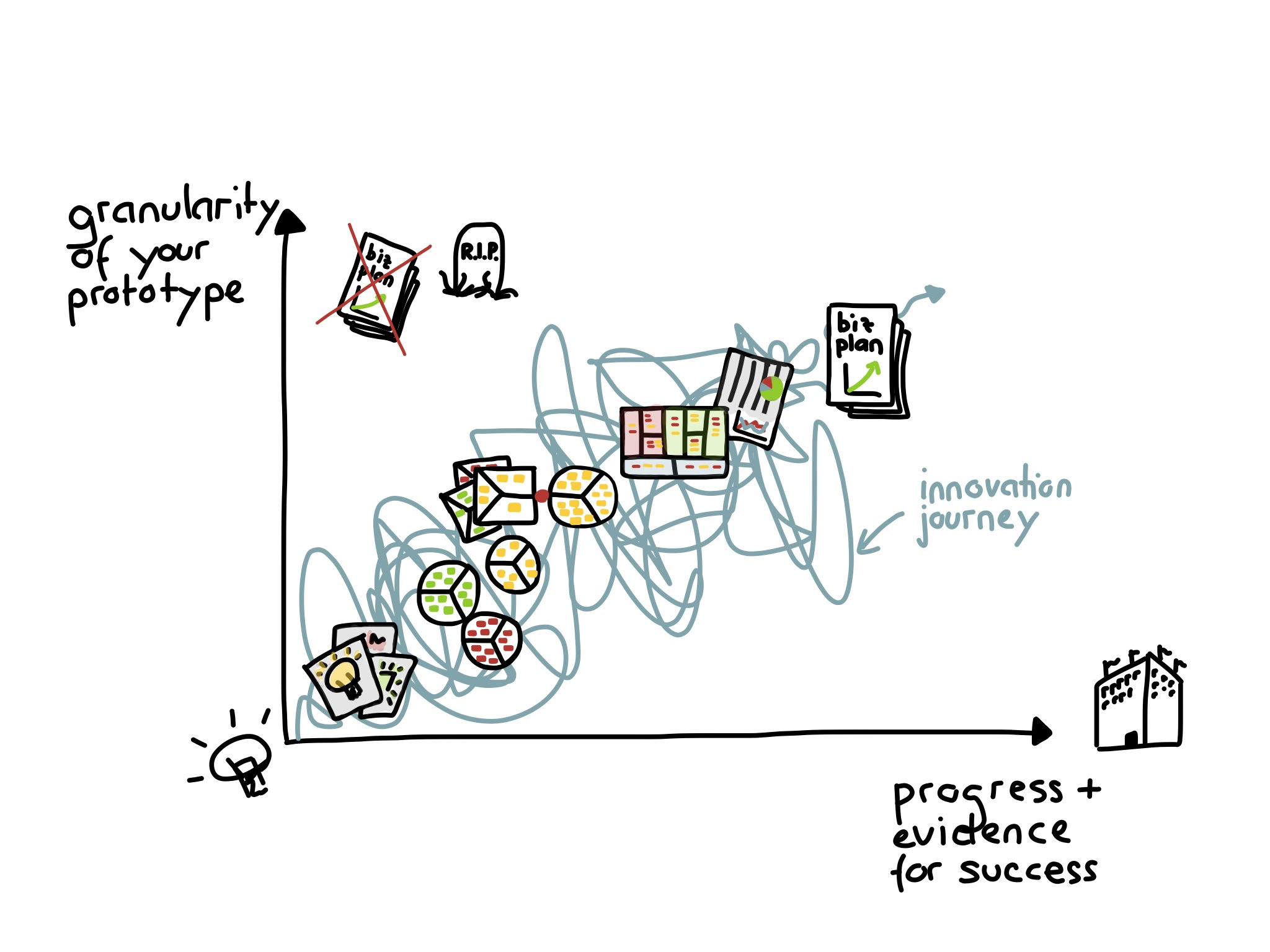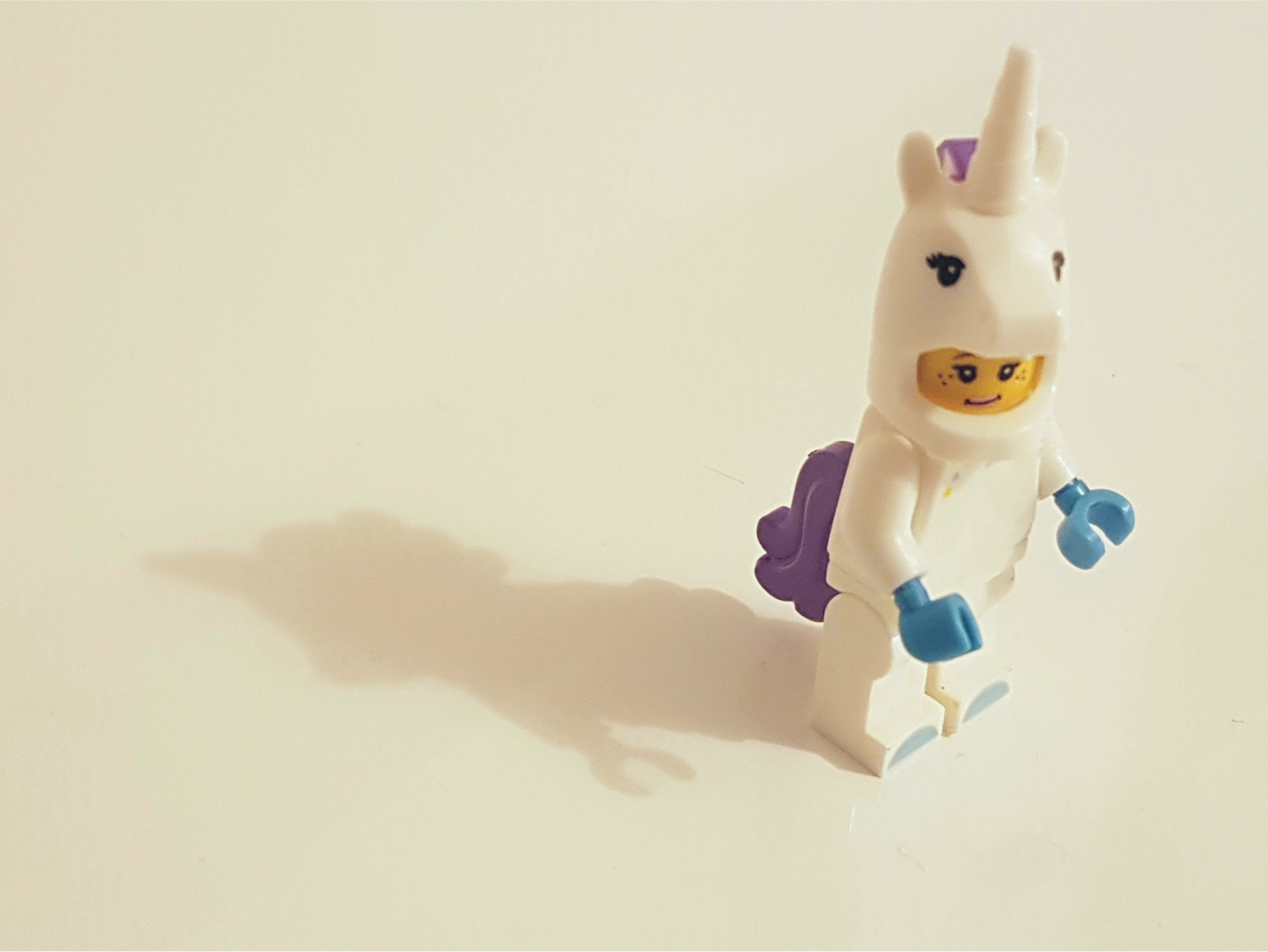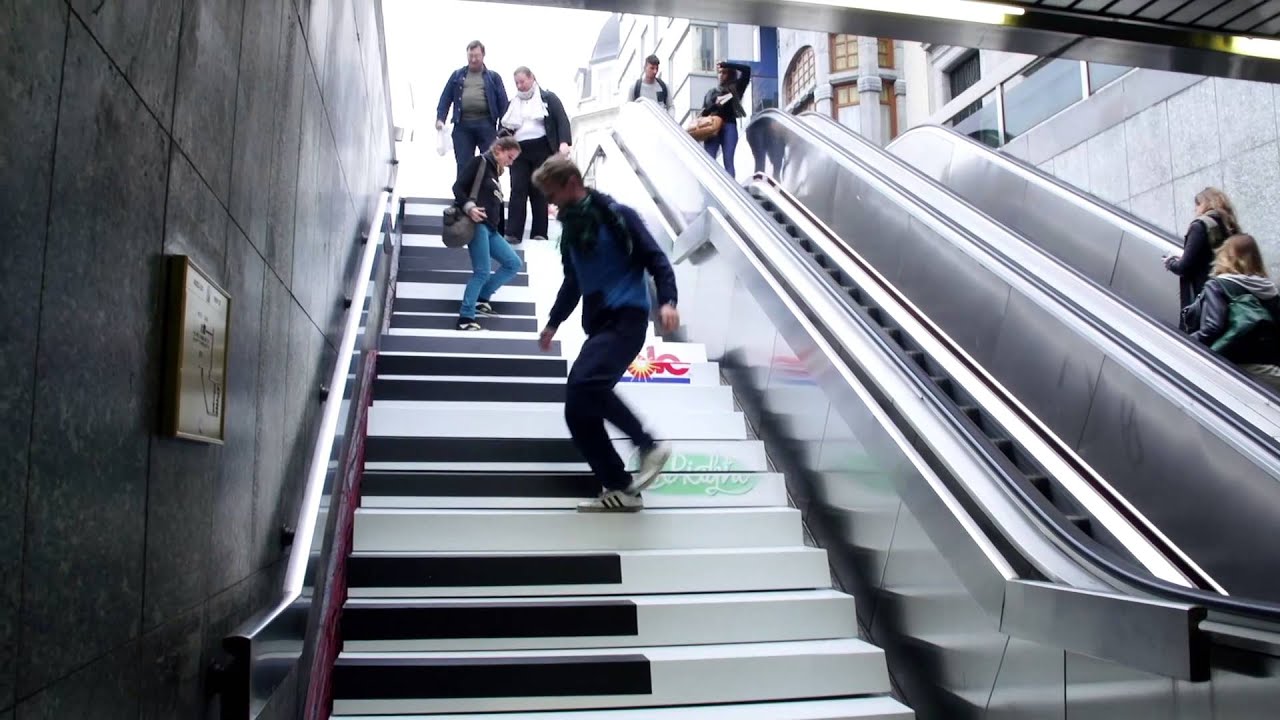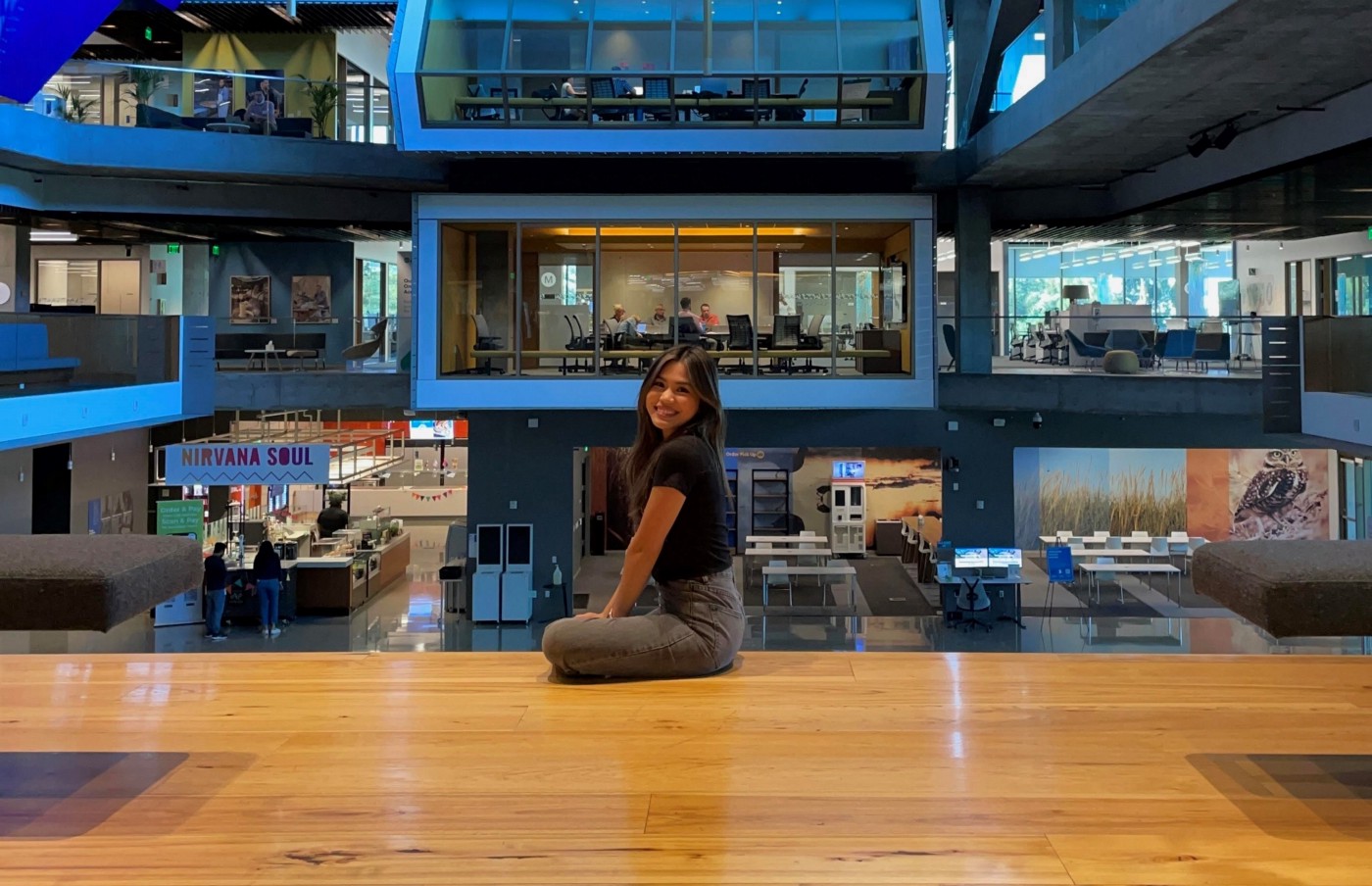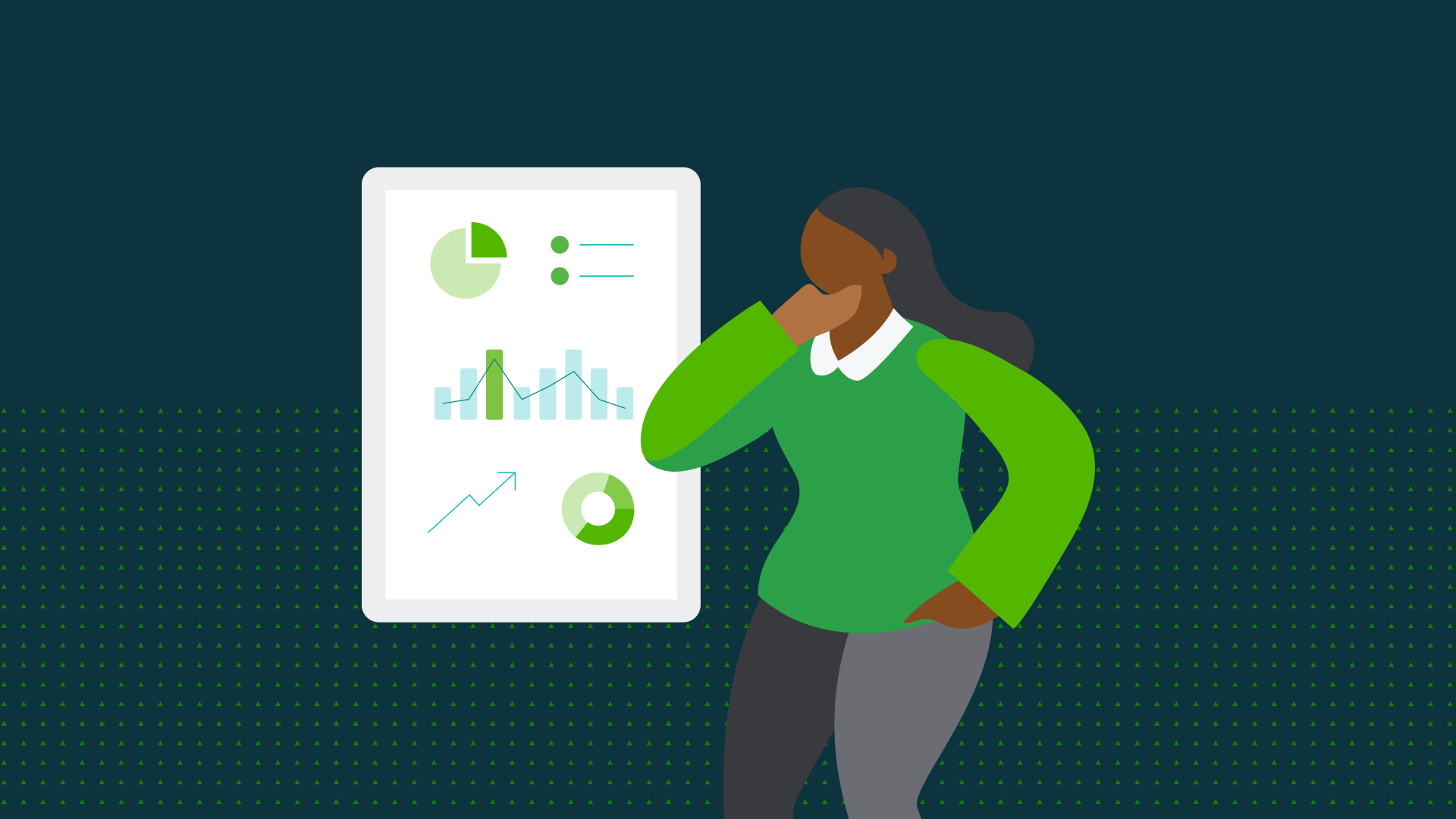As a new content designer at Intuit working on QuickBooks (our accounting software), I wanted to learn everything I could about the application. The easy way would have been to set up my own test account with dummy data and a fake business. But I knew that wouldn’t really give me the insights I wanted. I needed to see how real small business customers actually used it.
So I was excited to discover that Intuit offers a program to its employees called “Adopt a Small Business.” The program helps Intuit employees understand the real-life challenges, the ups-and-downs, and the messy realities that our small business customers face every day.

When I signed up for it, I was put in a small team of Intuiters from all over the company from any level, function, or group. For the next two months, our team met weekly to learn from the best: a real owner of a real small business.
Our business was a letting (rental) and management company located near Liverpool in England (the birthplace of the Beatles!). Property management sounded really dry, but the small business owner, Clare, was anything but. She not only entertained us with tales of dealing with problematic tenants and drug raids, which sounded like something off a TV show, but kept us on our feet with gnarly questions: How could she pass on costs from contractors? Could she add a mark-up to a landlord invoice? How should she handle duplicate payments?

It put our team—a group working across continents and time zones (the UK, Israel, India)—squarely into customer empathy and learning mode. We were learning how a real customer actually uses our product, as well as how to use QuickBooks ourselves. And we were faced with real and tricky scenarios that we wouldn’t have encountered in dummy QuickBooks accounts, scenarios that had us searching the help content, and reaching out to our customer service colleagues when we were really stuck.
At the end of those two months, I’d learned a lot about QuickBooks and the challenges of running a small business. But I wanted to learn more: could I tag along with another small business owner with a different set of challenges, but on my own this time?
It seemed like a tall ask: a new employee working with a customer, without any guidance or oversight. I asked my manager, Head of UX, Europe, if I could do exactly that. I expected push-back, a firm no. But in our meeting he smiled, and said, “Cool. Go make it happen.”
Once I’d gotten over my surprise that I could work alongside a customer unsupervised (talk about trusting your employees), I posted on LinkedIn to see if any local businesses were interested in learning about QuickBooks with me. Our VP of Design reached out in the comments, saying, “I’ve got a non-profit for you in London. Interested, Dawn?”.
And that’s how I came to be working with The Washing Machine Project.
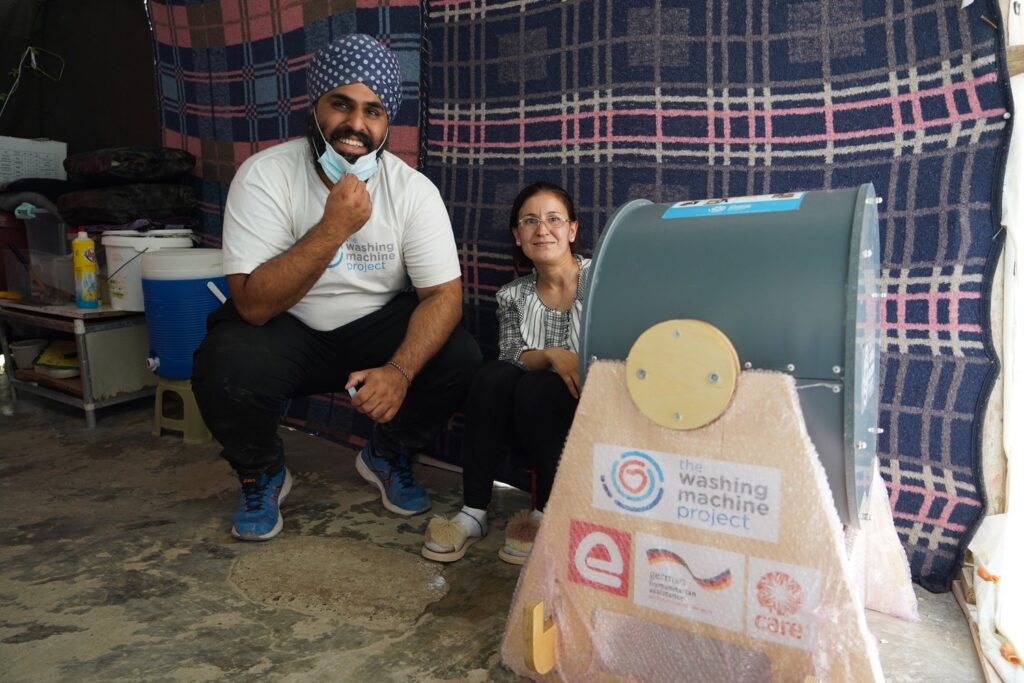
The Washing Machine Project was set up by Nav Sawhney, an English engineer who wanted to put his engineering skills to good use (he’d previously worked for Dyson). So, as part of the Engineers Without Borders program, he went to South India and lived for a short time in a rural village where there was limited access to water and electricity. He’d often see one of his neighbors, Divya, spend the entire evening washing clothes by hand, a time-consuming exercise that is usually done on hands and knees, often resulting in joint pain and skin irritation.
It’s a challenge faced by 70% of the world’s population, ranging from refugee camps in Iraq and Jordan to homeless people on the streets of American cities. And it’s a burden that disproportionately falls on women, as Nav saw first-hand.
So Nav wondered how he could use his engineering skills to reduce the burden of hand-washing clothes while using only a small amount of water and no electricity. Nav and his team created Divya, a portable, off-the-grid, washing machine that washes and rinses clothes in as little as fifteen minutes instead of several hours.
Working with a non-profit that manufactures products and ships them overseas, I was faced with a different set of challenges such as managing stock, creating commercial pro-forma invoices, and scrupulously recording how the money from funders has been spent. And again, I came away with more product improvement ideas.
After eight weeks working alongside Hugo, Operations Lead at The Washing Machine Project, I’d learned even more about QuickBooks and how our customers use it, with the added benefit of knowing I’d been supporting a worthwhile cause.
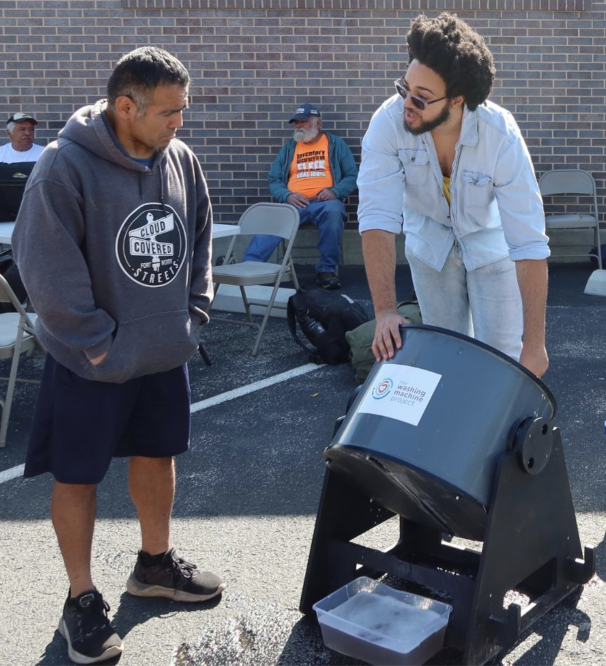
Watching while working
Learning alongside our small business owners in this way is similar to a research method called “participant observation.” Commonly used in anthropology, you are both participant and observer in a research setting, living and working alongside your participants while also observing them to learn as much as possible about and from them.
While I’m not living or working in the same space as our small business owners, I am working alongside them (albeit in a constrained way and for a short period of time) and experiencing the product as they do, and learning from and with them. As a designer, it means I’m doing my best to avoid what Michael J. Metts calls the internal perspective:
“If you work in tech like me, you’re naturally disconnected from the interactions people have with your product. You spend day after day immersed in how it works, and you work with a team to build it. You have an internal perspective. If you want to understand the human bits…it takes effort. This is a hard skill to develop. It involves a balance of curiosity, skepticism, and thoughtfulness. It’s easy to learn about this in books, articles, talks, and workshops, but it’s much harder to do it in practice.”
Using QuickBooks as our customers do helps me build empathy for them. It feeds my curiosity as a designer, and makes me an even stronger advocate for our small business owners because I’ve experienced our product with them over two months. Bringing this understanding and empathy back to my design work means I’m seeing QuickBooks through their eyes. As I design behind the scenes in the product, I imagine them getting through a task out there in the world: how they’re feeling, predicting what they’re trying to get done, and helping them to get there.
As Michael J. Metts and his co-author, Andy Welfle, say in their book, Writing Is Designing,
As you design with words, you’re creating digital places where people spend their time. It’s a big responsibility.

